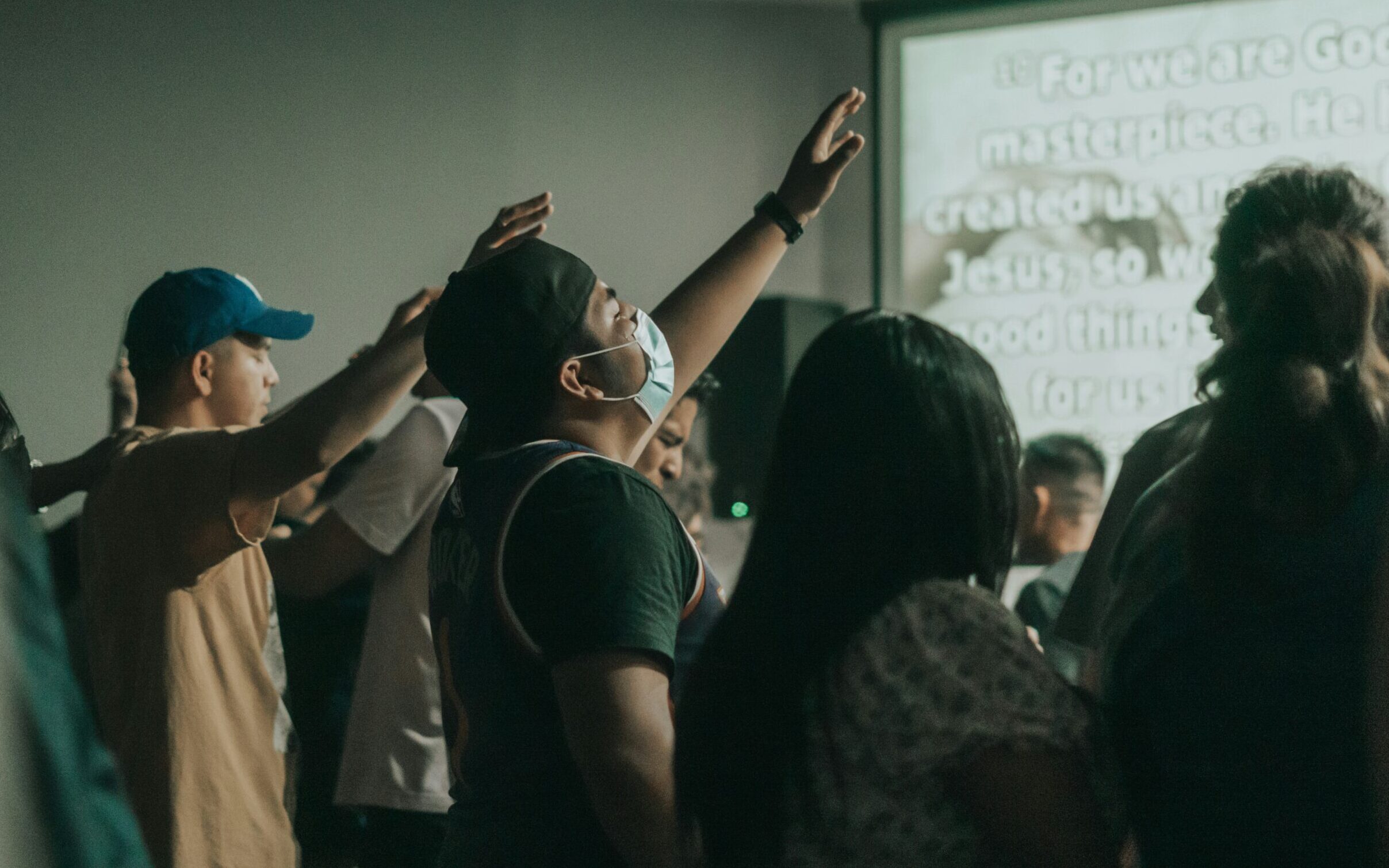𝐅𝐢𝐥𝐢𝐩𝐢𝐧𝐨 𝐋𝐢𝐭𝐞𝐫𝐚𝐭𝐮𝐫𝐞 𝐢𝐬 𝐬𝐡𝐚𝐩𝐞𝐝 𝐛𝐲 𝐬𝐭𝐫𝐮𝐠𝐠𝐥𝐞 𝐚𝐧𝐝 𝐡𝐚𝐫𝐝𝐬𝐡𝐢𝐩
By Junelie Velonta
HAPI Youth Ambassador & HAPI Scholar
While we now know and have rediscovered the ancient epics and myths of our forebears, it came with heavy labor. Yes, some of our stories survived. Yes, Filipinos still write and recite stories and poems. But what of our storied past? What of the poems that the Spanish, Americans, Japanese, and Marcos did not approve of? What of those that were lost?

In one of the earlier surviving poems made by an inhabitant of the Philippine islands, a Chinese mestizo named Carlos Calao wrote of Lapulapu as ‘the giver of death to the Captain Magellan, under the orders of Satan’ and those that remembered Lapulapu were, themselves, ‘another vile traitor.’ Titled “Que Dios le Perdone” (May God Forgive Him), it was published in 1614, less than 100 years since the ‘Victory at Mactan’ where Magellan died. While not unique in its lecture of ‘you’ve been defeated’ and ‘you should be thankful to the Spaniards,’ this was the type of literature that proliferated during the early colonial period. Why? Because it’s what the Spaniards liked. Those that the Spaniards did not like were not ‘worthy’ of being recorded. Sometimes, the Spaniards did something worse to the authors than to their works. If anything, these works were written by inhabitants of the Philippines, not for the other citizens to read and cherish, but for the Spaniards to congratulate themselves on.
Thus, old histories, myths, and stories, passed down from one generation to the next by word-of-mouth, were replaced by the memorization of prayers. Original works, written in Spanish by the intelligentsia of the time, which bore even the slightest sentiment of revolt were put down like how the Spanish put down uprisings.
The Spanish were not unique in this practice, however. In fact, the Americans did it. The Japanese did it. Even the late Philippine dictator Ferdinand Marcos did it, with his banning of Voltes V (among many TV and radio stations). But creativity finds a way. Near the end of the Spanish occupation, Rizal and his compatriots wrote extensively to rouse the Filipino identity. Filipino guerillas during the American and Japanese occupations sang of their mothers and their families to come to terms with their mortality, and to remind themselves for whom they fight for. Poets, fictionists, singers, and all types of artists came together in unity to create, countering the Marcos dictatorship in ways they knew how. Most famously, the song “Handog ng Pilipino sa Mundo,” a song born out of cooperation and collaboration, shouted to the world that even when faced with systemic violence, a revolt founded on justice and peace could be done: such was the offer of the Filipino to the world!
Today, writing and literature are no longer monopolized by the moneyed and connected. (Well, at least to a certain degree.) Through social media, through the internet, anyone can project their voice. Today, Filipino literature still lives. The literature of today is a sign of who we are as a people. The literature of today is our dedication to the past. The literature of today is our message to the future.
𝐻𝑢𝑤𝑎𝑔 𝑚𝑢𝑙𝑖𝑛𝑔 𝑝𝑎𝑦𝑎𝑔𝑎𝑛𝑔 𝑢𝑚𝑖𝑟𝑎𝑙 𝑎𝑛𝑔 𝑑𝑖𝑙𝑖𝑚.
𝑇𝑖𝑛𝑖𝑔 𝑛𝑔 𝑏𝑎𝑤𝑎𝑡 𝑡𝑎𝑜’𝑦 𝑏𝑖𝑔𝑦𝑎𝑛 𝑛𝑔 𝑝𝑎𝑛𝑠𝑖𝑛.









